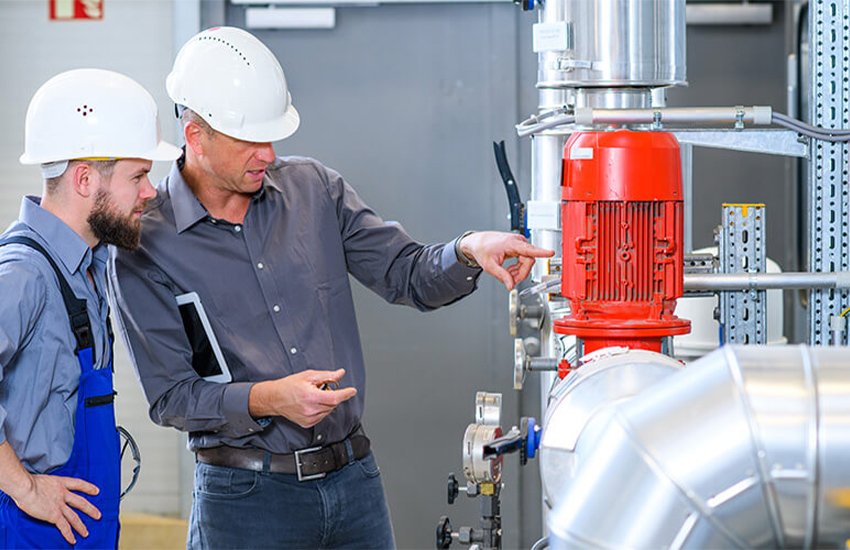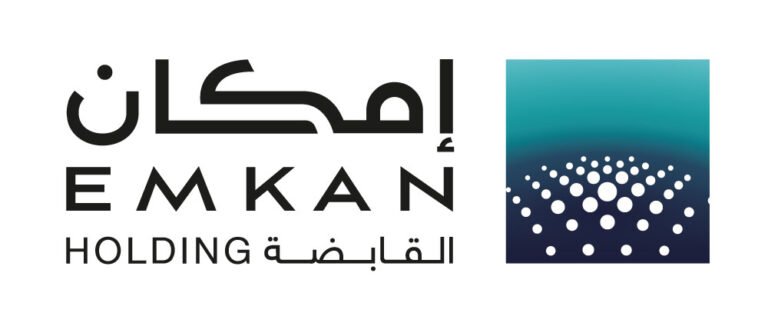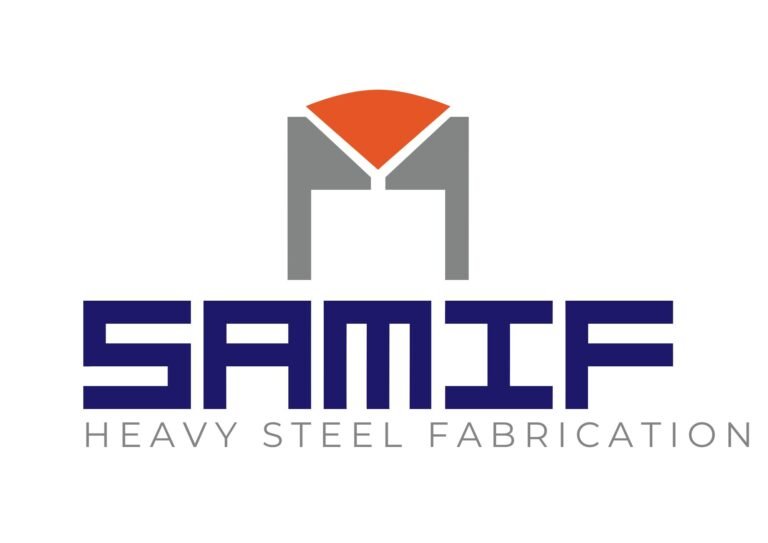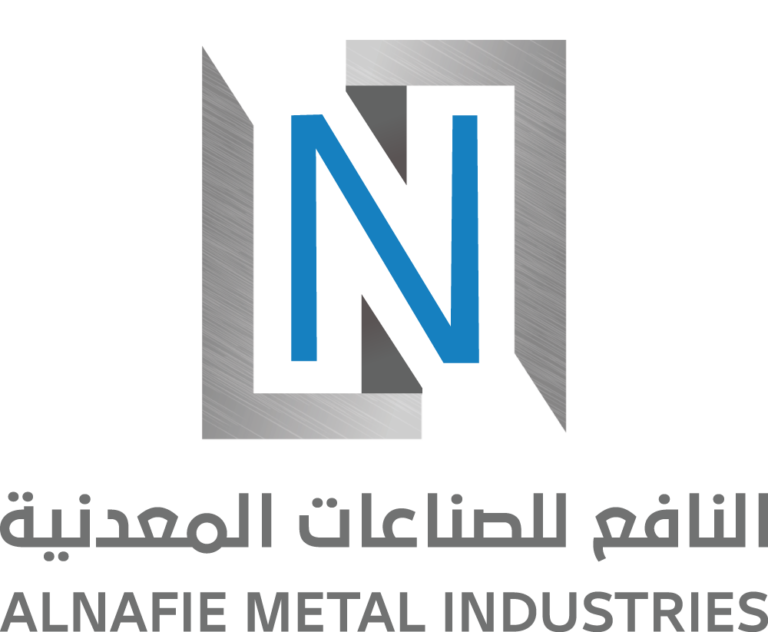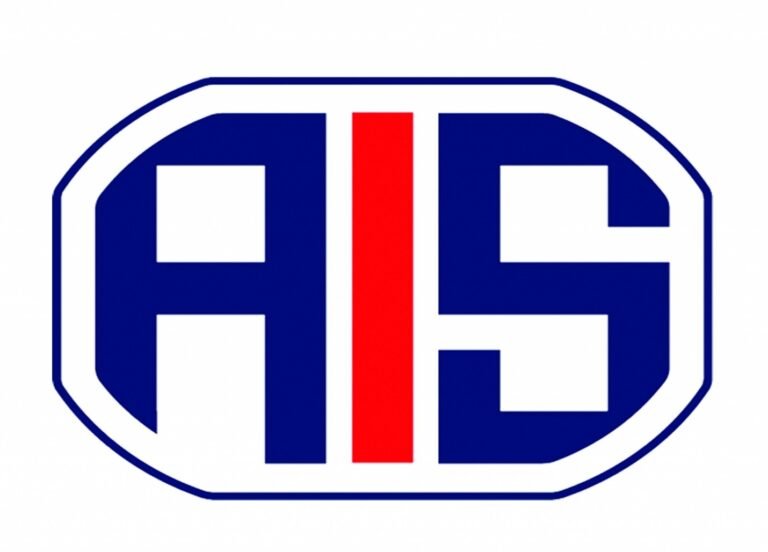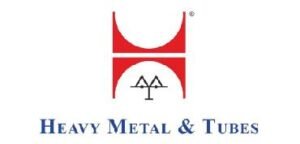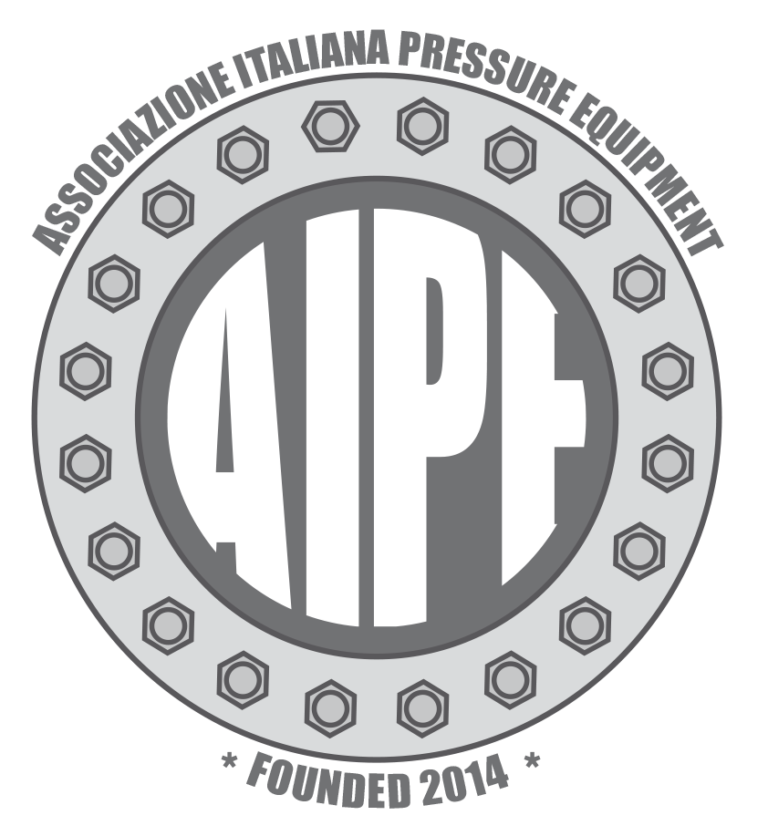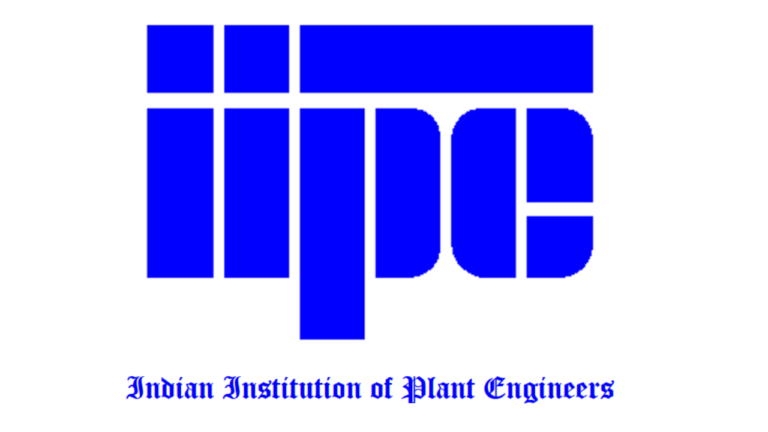Legacy industrial facilities, often constructed decades ago, represent a significant portion of today’s operational infrastructure across manufacturing, petrochemical, mining, and utility sectors. While these facilities continue to fulfill production demands, their energy efficiency often lags behind modern standards due to outdated control systems, degraded sensor networks, and obsolete logic configurations. Retrofitting these assets with new systems can be prohibitively expensive and operationally disruptive. Instead, retro-commissioning (RCx) offers a pragmatic path toward substantial energy optimization without complete system overhauls.
Understanding Retro-Commissioning in Industrial Contexts
Retro-commissioning is a systematic process of evaluating and fine-tuning the performance of existing building systems to ensure they operate as originally intended—or better. In industrial facilities, this involves scrutinizing mechanical systems, electrical distribution, compressed air networks, HVAC units, SCADA interfaces, and process automation layers.
Rather than installing new components, RCx focuses on reconfiguring existing assets to improve energy performance. Key strategies include system reconfiguration, sensor calibration, and control logic refinement.
1. System Reconfiguration
Legacy facilities often suffer from “drift”—a gradual misalignment between operational practices and system design intent. Over years of patchwork modifications and process shifts, the system loses synchronization with actual demand profiles.
System reconfiguration involves:
-
Reassessing setpoints for temperature, pressure, and flow.
-
Modifying load scheduling algorithms to reduce peak demand charges.
-
Eliminating redundant or inefficient control sequences.
By tailoring the control architecture to current load characteristics and production workflows, facilities can reduce energy consumption while maintaining throughput.
2. Sensor Calibration
Sensors are the sensory organs of industrial systems. Over time, they become inaccurate due to environmental exposure, mechanical wear, or calibration neglect. This leads to suboptimal control decisions and energy waste.
Sensor calibration ensures:
-
Accurate readings of flow rates, temperatures, pressures, and energy use.
-
Reliable data for control loops and condition monitoring.
-
Proper coordination between analog inputs and digital controllers.
Facilities that realign sensor outputs with actual system states often see immediate improvements in control precision and energy efficiency.
3. Control Logic Refinement
Legacy PLCs and DCS systems may still be executing outdated or inefficient control logic. Control strategies built on 1990s industrial standards often fail to capitalize on today’s advanced energy-saving algorithms.
Control logic refinement includes
-
Rewriting PID loops for dynamic responsiveness.
-
Integrating real-time data analytics into control parameters.
-
Implementing energy-aware control routines like demand-based ventilation or process modulation.
Modernizing logic within existing programmable platforms can significantly reduce idle loads, parasitic energy consumption, and thermal inefficiencies.
ROI-Driven Optimization Without Replacement
Retro-commissioning delivers measurable energy savings—often ranging from 10% to 25%—at a fraction of the cost of equipment replacement. For industrial operators in the GCC region, where utility costs and regulatory pressures are rising, RCx offers a strategic advantage.
By improving how legacy systems function rather than replacing them outright, industrial facilities maintain operational continuity while unlocking energy efficiencies and extending asset lifespans.
Retro-commissioning is not just an energy-saving initiative—it’s an operational strategy. For aging industrial infrastructures, it bridges the performance gap without the capital burden of full-scale upgrades. Through focused efforts in system reconfiguration, sensor calibration, and control logic refinement, industrial stakeholders can revitalize legacy assets and align them with modern energy performance expectations.









